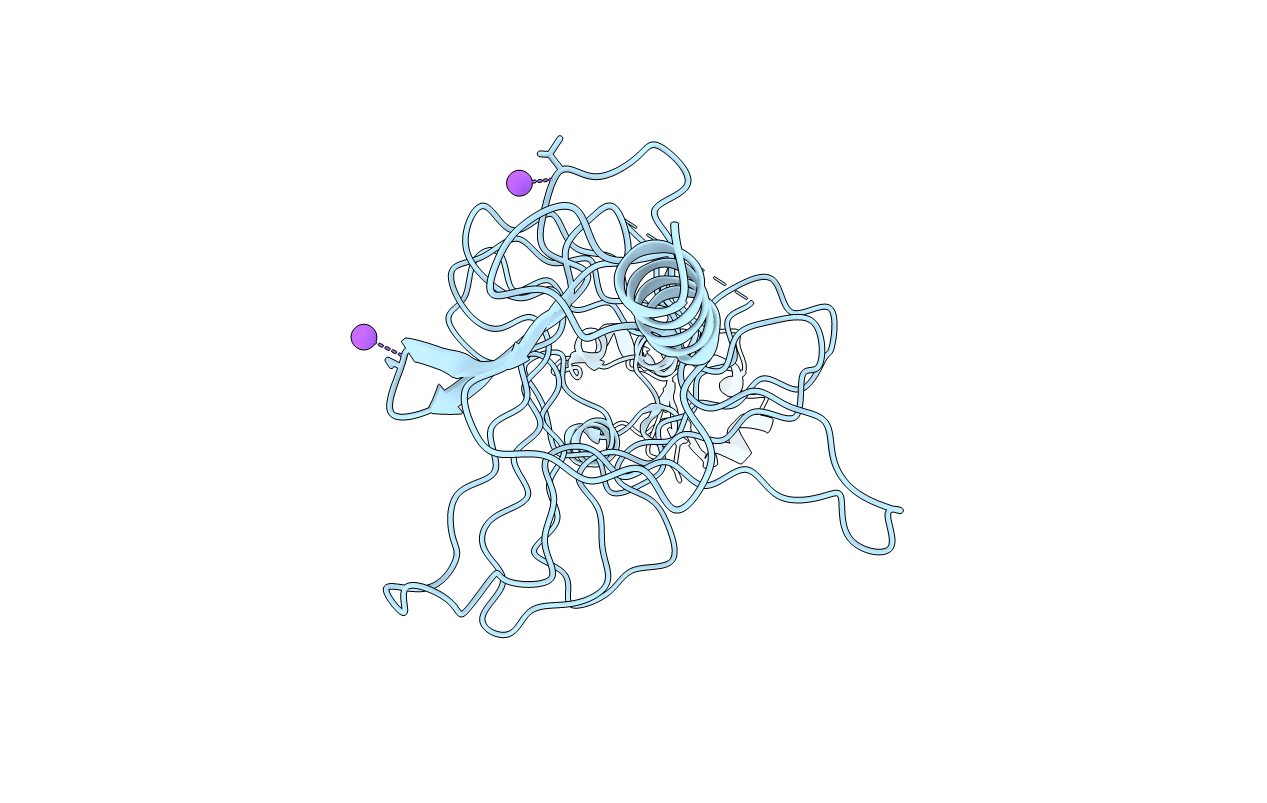
Deposition Date
2005-10-06
Release Date
2005-11-29
Last Version Date
2024-05-08
Entry Detail
PDB ID:
2C3F
Keywords:
Title:
The structure of a group A streptococcal phage-encoded tail-fibre showing hyaluronan lyase activity.
Biological Source:
Source Organism:
STREPTOCOCCUS PYOGENES (Taxon ID: 1314)
Host Organism:
Method Details:
Experimental Method:
Resolution:
1.81 Å
R-Value Free:
0.22
R-Value Work:
0.18
R-Value Observed:
0.19
Space Group:
H 3 2


